NEW LAW TAKES EFFECT WITH THE END OF THE SCHOOL COUNCIL'S ACTIVITIES
This information was noted by Minister of Education and Training Nguyen Kim Son in his concluding remarks at the conference on studying and implementing Resolution 71-NQ/TW on breakthroughs in education and training development, organized by the Ministry of Education and Training on October 24th. A notable point is that the plan for arranging leadership personnel in public universities and colleges will be implemented starting in early December, not in early 2026.
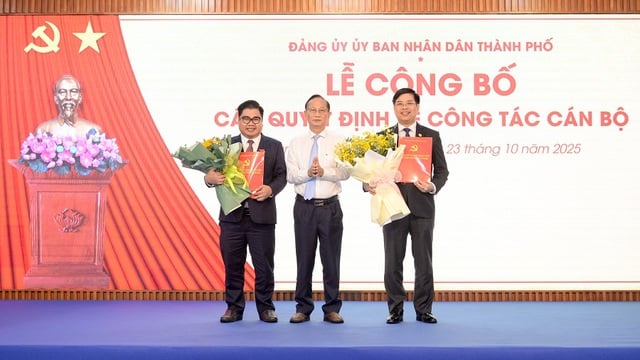
The Organizing Committee of the Party Committee of the People's Committee of Ho Chi Minh City, in coordination with the Executive Committee of the Party Committee of the University of Finance and Marketing, announced the decision to appoint additional personnel for the positions of Secretary and Deputy Secretary of the University's Party Committee for the 2025-2030 term.
PHOTO: UFM
The Minister stated the Ministry of Education and Training's position that the effective date of the new law is also the end of the school council's activities, and the chairman of the school council will also end his role. At the same time, the rector (or director of the university or academy) will also have completed the responsibilities assigned by the school council. Therefore, efforts should be made to ensure that everything operates according to the new model before the school council's expiration date: the Party Secretary also serves as the head of the institution.
Previously, the secretary was associated with the leadership position of chairman of the school board. In the future, when there is no longer a school board and no dedicated position for the secretary, the management responsibilities of the secretary will need to be reassigned. The principle of reassignment will be based on trust within the institution, from which the governing body will find the most deserving and suitable person to assume the role of secretary and head of the institution. Exceptional cases will be decided by the higher-level governing body.
Some universities are gradually implementing a comprehensive restructuring of their leadership structure according to new regulations, for example, the University of Finance and Marketing. On October 23rd, the Party Organization Committee of the Ho Chi Minh City People's Committee, in coordination with the Party Committee of the university, held a ceremony to announce the decision to appoint additional personnel for the position of Party Secretary and Deputy Party Secretary of the university for the 2025-2030 term. According to the decisions of the Standing Committee of the Party Committee of the Ho Chi Minh City People's Committee, the Rector of the University of Finance and Marketing was appointed to the position of Party Secretary for the 2025-2030 term, and one Vice Rector was appointed to the position of Deputy Party Secretary for the 2025-2030 term.
CHALLENGES AND POTENTIAL RISKS WHEN IMPLEMENTING THE NEW MODEL
Regarding the policy of implementing a new model of university leadership, Associate Professor Dr. Do Van Dung, former Rector of Ho Chi Minh City University of Technology and Education, said that this change will transfer authority from the university council to the Party Committee and the rector, creating a new, more centralized leadership model.
However, Associate Professor Dung also argued that this raises many issues regarding governance, autonomy, and sustainable development. Essentially, this is a dual governance model within universities, with an administrative system and a Party system led by the Party Secretary who also serves as the Rector. Abolishing the university council requires building a new, streamlined, and efficient leadership structure, with a focus on unifying authority under the leadership of the Party Committee.
Mr. Dung proposed: "It is necessary to unify the 'two-in-one' leadership role to avoid conflicts and overlapping authority between political leadership and administrative management. However, universities should elect the rector first, then appoint him as secretary, because currently, in most universities under the old law, the secretary is elected at the party congress, usually the chairman of the university council, while the rector is the deputy secretary. A rigid system of having the secretary also serve as rector could cause many problems, even internal conflicts." In addition, this expert also suggested maintaining a mechanism for critical review, for example, establishing a scientific or professional council to advise and critique academic policies and financial management. The Ministry of Education and Training needs to issue specific standards for the "two-in-one" leadership position, prioritizing management capacity, leadership skills, and innovative thinking.
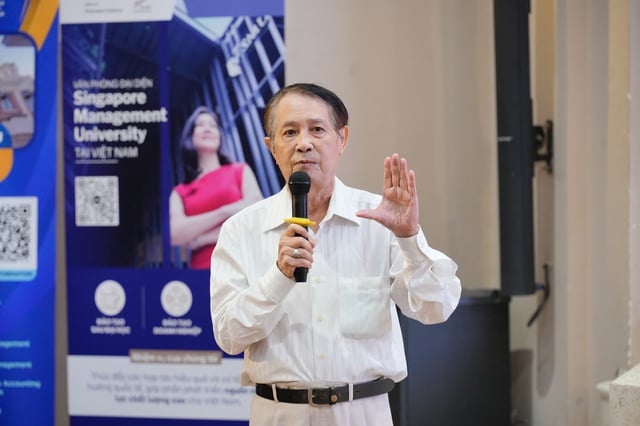
Professor Pham Do Nhat Tien proposed that the new Higher Education Law, along with its guiding decrees and circulars, should clearly define full and comprehensive autonomy for higher education.
Photo: KH
At the scientific conference "Modernizing and upgrading Vietnamese higher education, creating breakthroughs in the development of high-skilled human resources and talents, leading research and innovation" on October 24th, Dr. Pham Do Nhat Tien, an education expert, stated that the 2012 Higher Education Law (amended and supplemented in 2018) represents a strong shift in thinking regarding higher education governance, including the policy of "not organizing school councils in public educational institutions, and implementing the Party Secretary also serving as the head of the educational institution." According to this expert, abolishing the school council means eliminating an intermediate level to centralize governance and transfer administrative functions to the Party organization within the school.
However, Mr. Tien argued that the new governance model also comes with potential challenges and risks. The biggest challenge is the enormous workload when the Party Secretary holds both key positions of political and administrative leadership. The biggest risk is that the concentration of authority could lead to a lack of democracy, negatively impacting the school's autonomy. Another potential risk is the reduced participation of stakeholders, limiting the foundation of autonomy and accountability.
Therefore, Mr. Tien proposed that the new Higher Education Law, along with its guiding decrees and circulars, should clearly define full and comprehensive autonomy; delineate the authority between the Party Secretary who also serves as the head of the higher education institution and the rector; and stipulate mechanisms for controlling power while promoting grassroots democracy.
Development orientation in the context of not having a school board.
At the national scientific conference "Modernizing and upgrading Vietnamese higher education, creating breakthroughs in the development of high-skilled human resources and talents, leading research and innovation," organized by the Central Propaganda and Mass Mobilization Department, the Ministry of Education and Training, and the Vietnam National University Ho Chi Minh City on October 24, the presentation by the Department of Organizational and Personnel Research (Central Organization Department) outlined the development orientation for Party organizations at the grassroots level in higher education institutions when school councils are not organized, in accordance with Resolution No. 71 of the Politburo on breakthroughs in education and training development.
Accordingly, the resolution's decision to abolish the school council is a significant innovation, affirming and strengthening the direct and comprehensive leadership role of the Party organization in public educational institutions. The absence of a school council concentrates leadership power under a single authority, enabling the Party organization to proactively implement unified leadership in politics, ideology, organization, and personnel; overcoming the dispersion of power and ensuring democratic centralism in governance. This is a fundamental advantage, allowing Party committees to be more proactive in strategic planning, directing training, scientific research, international cooperation, and staff development; while simultaneously linking the Party organization's leadership responsibility to the comprehensive development results of the university. This model also contributes to consolidating discipline and order, ensuring correct political and ideological orientation in the development of public universities.
The absence of a school council also poses new difficulties and challenges for the Party organization at the grassroots level. Without the mechanism of decentralization in strategic decision-making, the scope of leadership of the Party committee expands, requiring fundamental changes in leadership methods and internal power control mechanisms. Without clear regulations, it is easy for excuses to arise, actions to be taken over, or overlapping functions with the school administration to occur. Therefore, it is necessary to clearly define the functions, tasks, and authority between the Party committee, the school administration, and mass organizations, ensuring the principle of democratic centralism and avoiding formalism or lax leadership.
Source: https://thanhnien.vn/truong-dh-cong-lap-thuc-hien-lanh-dao-theo-mo-hinh-moi-185251028192548661.htm














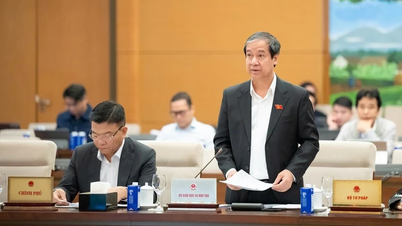


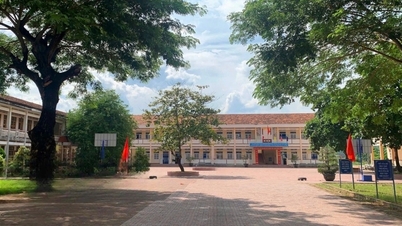

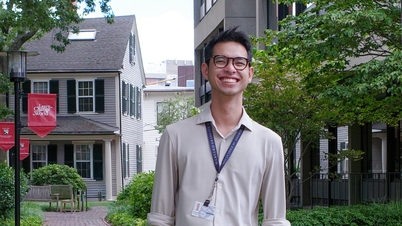
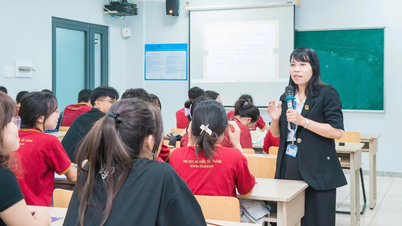








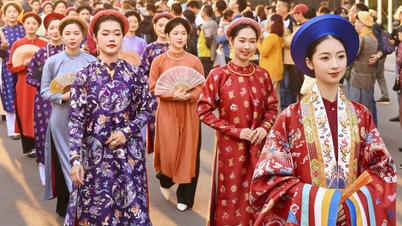
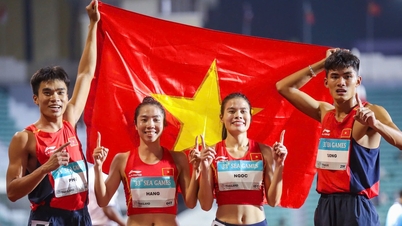
































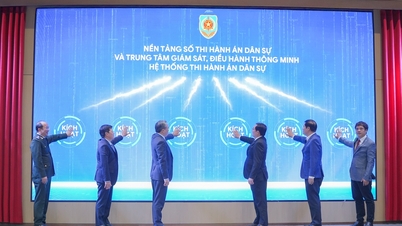








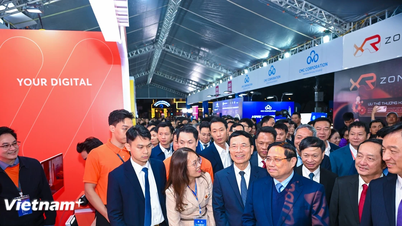

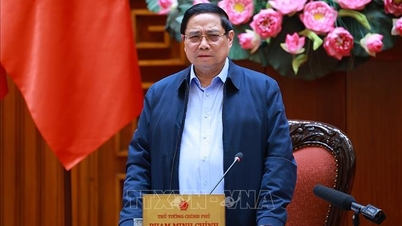



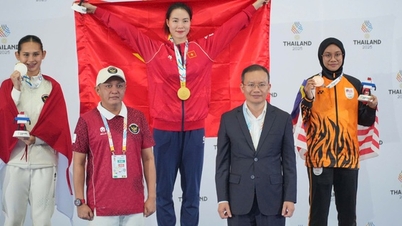

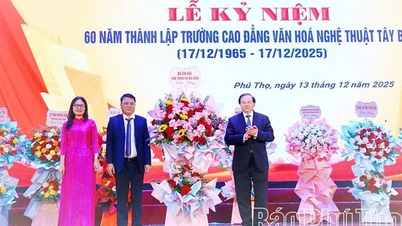
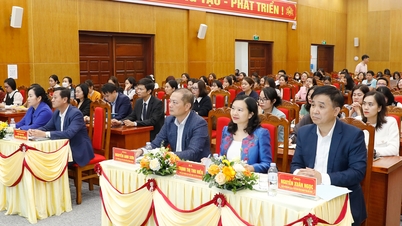

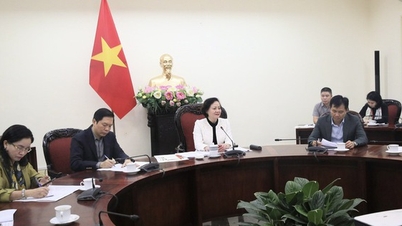
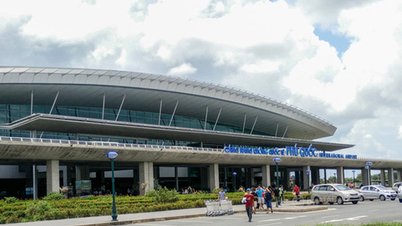
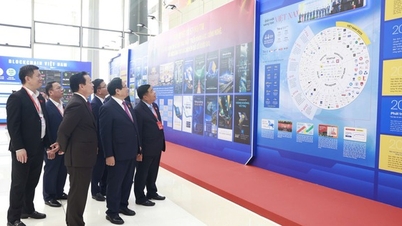
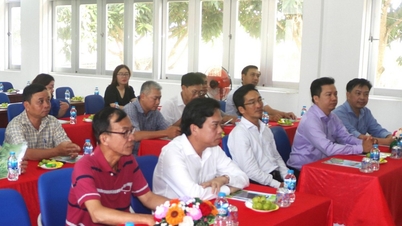








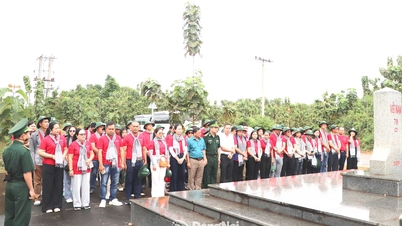













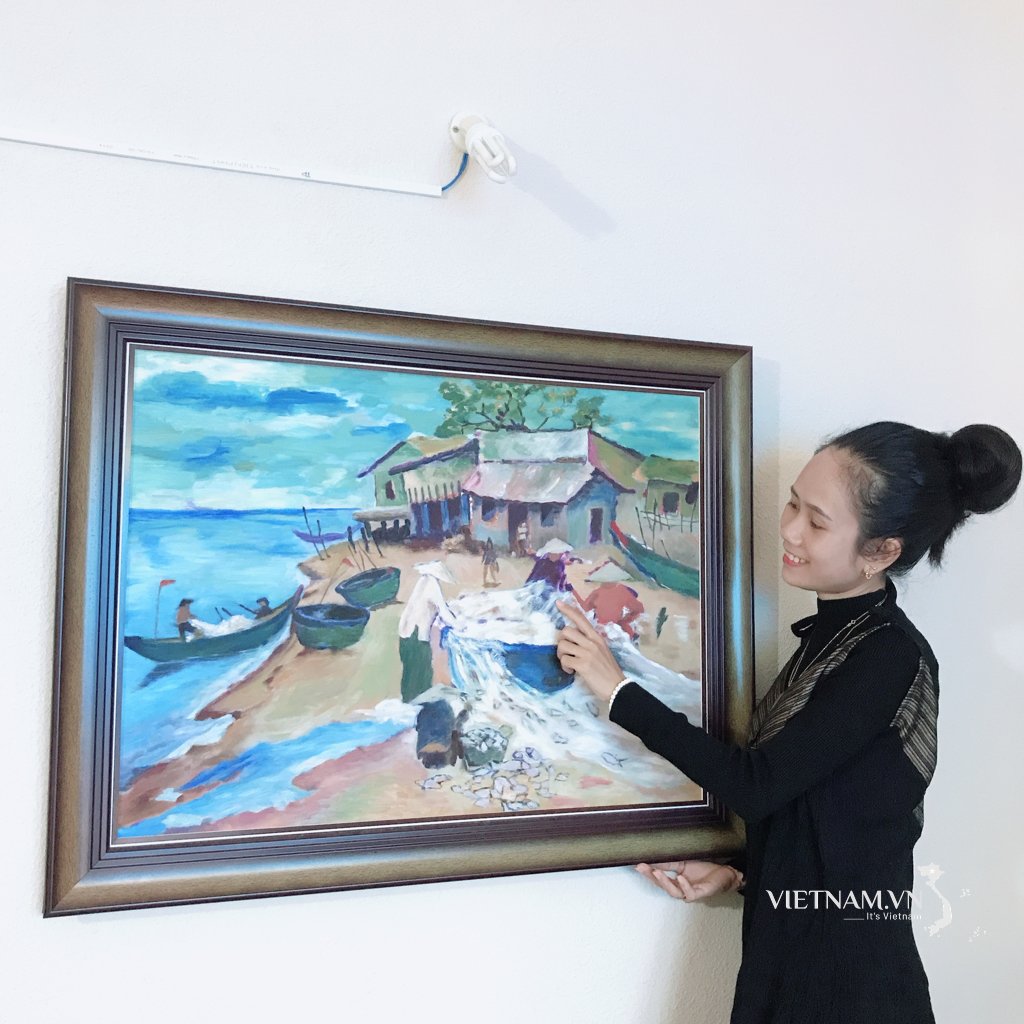

Comment (0)